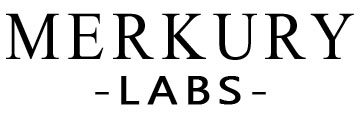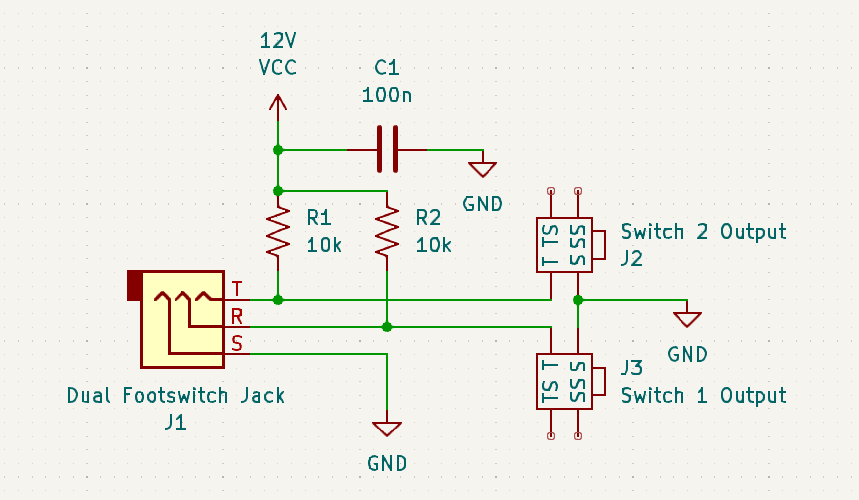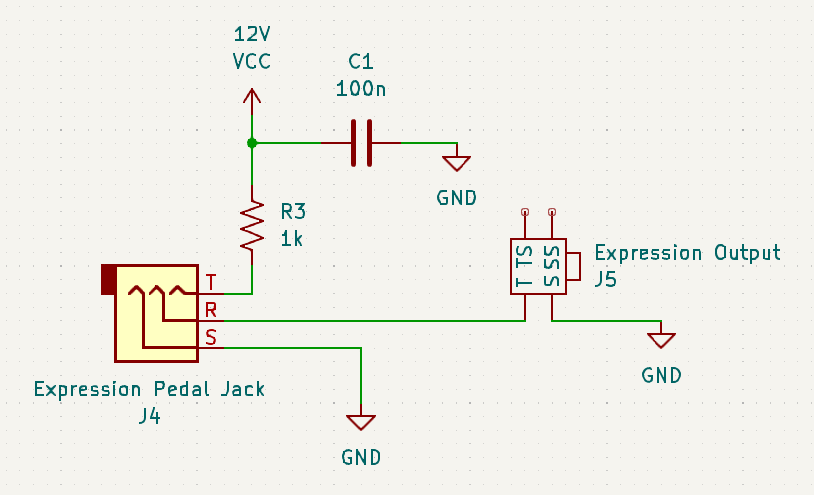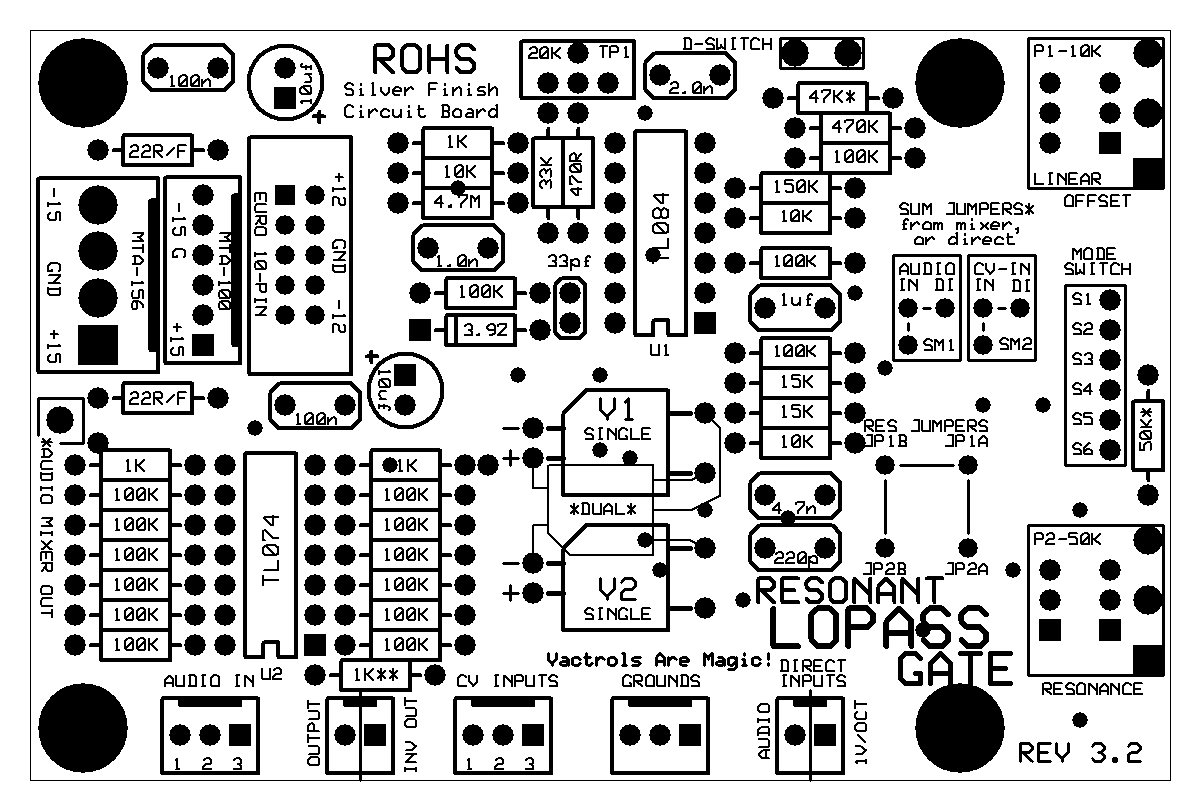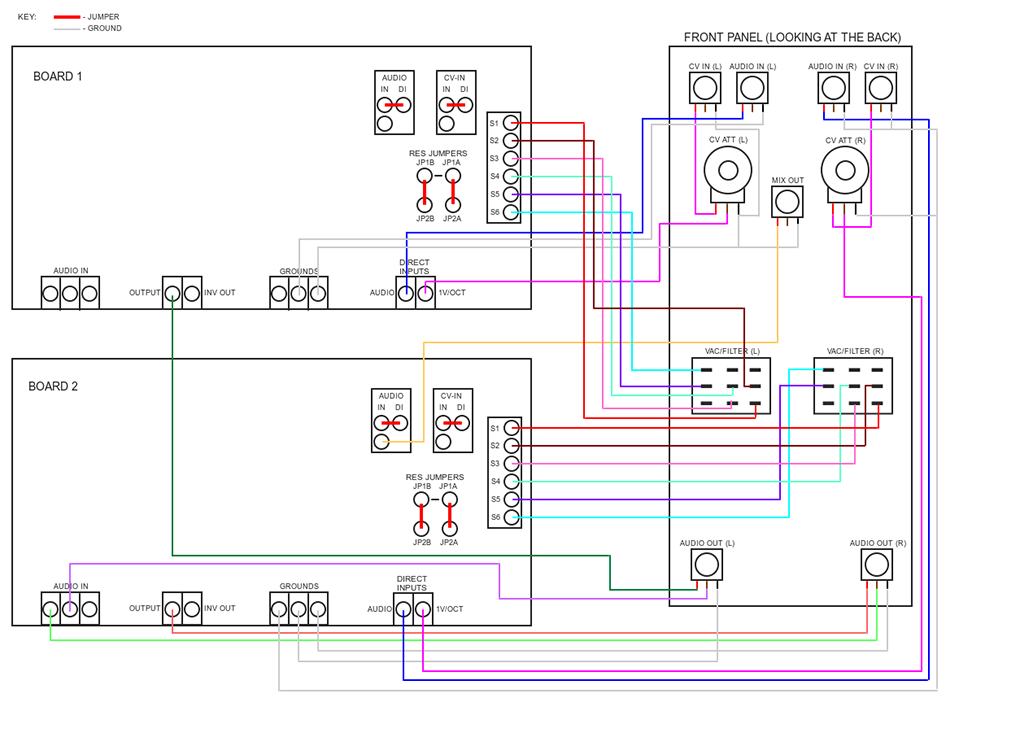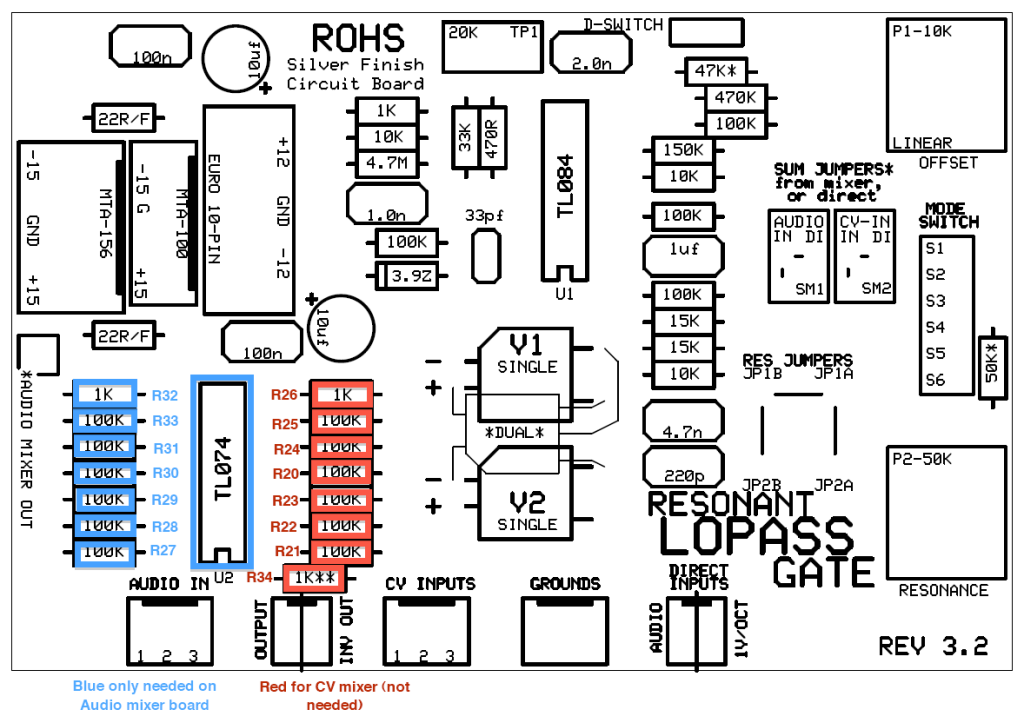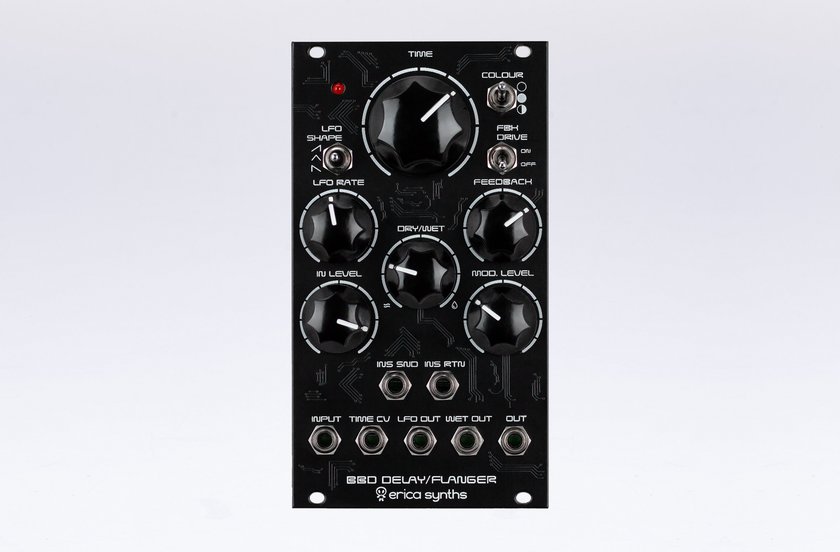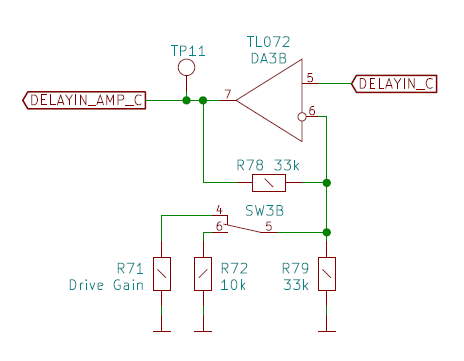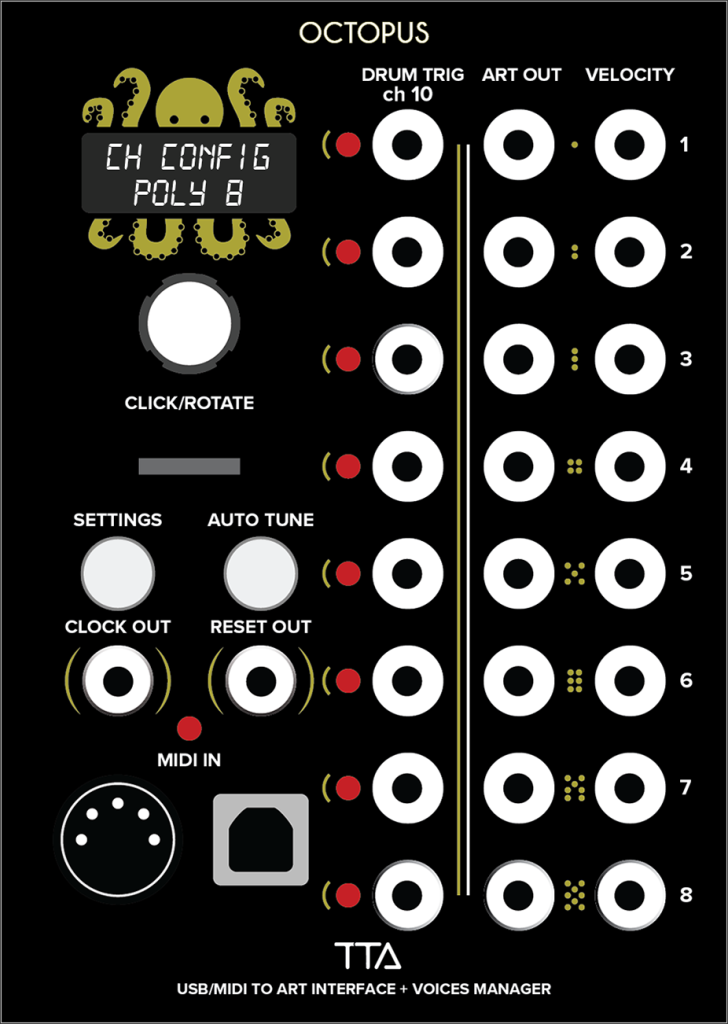
I have purchased all of Tiptop Audio’s Buchla 200 Series eurorack modules as they have been released. Initially I was buying 2 of each and then when the spectral module came out, I began buying only one of each. At some point, I bought a couple of the Arturia RackBrute 6U cases and that has been their home. Recently, I had to start rotating out some of the modules because the case is full now. This introduced some opportunity for filling some small holes with other modules (not Buchla related). Some interesting sounds occurred with this change. One of the last Buchla modules that Tiptop released was the 259t – Programmable Complex Waveform Generator. This module has ART functionality incorporated. I began to get curious about what the purpose of this ART input is and that’s where this story begins.
Searching for Answers
When initially searching for more info about ART, it’s easy to get pulled into the Tiptop Audio website and read a lot of vague text about it and how great it is. I suppose I was approaching the tech from an odd angle since my interest was piqued by the Buchla oscillator having dedicated inputs for it. I understood that ART was a polyphonic “standard” that Tiptop invented and I also knew that they have individual VCOs that support ART. I thought that I would need the Octopus or Quantizer module for this Buchla Oscillator, so I ordered both of them. My thought process was that I could output MIDI from my DAW or plug in a hardware controller to the Octopus and output the ART to the Buchla 259t. The manual for the 259t even shows tuning the module with the Octopus and also shows using the Quantizer between the Buchla sequencers and the 259t.
What Have I Done?
This does indeed work and then that’s about all you can do unfortunately. Now, you could say, “well you should have done more research before buying,” or “what did you expect?” I promise you though, that until these ART modules were in front of me, I had these thoughts about how great they might be. Then, I started to use them and immediately felt limited in every way. In my research to write this post, I realized that there is actually text on Tiptop’s website stating that “Octopus is not a 1V/Oct midi to CV and should not be confused as one.” This becomes all too clear when you start to use it with a single 259t oscillator.
The Octopus module can output 8 ART channels of notes, gates, and velocities, along with 8 drum triggers. These are converted from MIDI. Sounds like a lot, right? It is if you have 8 ART VCOs, 8 VCFs, and 8 VCAs ready to go. Where I really felt my stomach turn was when I had patched up the 259t to two of the 8 ART outputs on the Octopus and I realized that “this is all I can do right now”. I have all these other oscillators, function generators, etc. right here in front of me and these “ART” Octopus outputs will not connect to any of it. If only they could output 1V/Oct as well as ART, this wouldn’t feel so gross.
Help, I Feel Sick
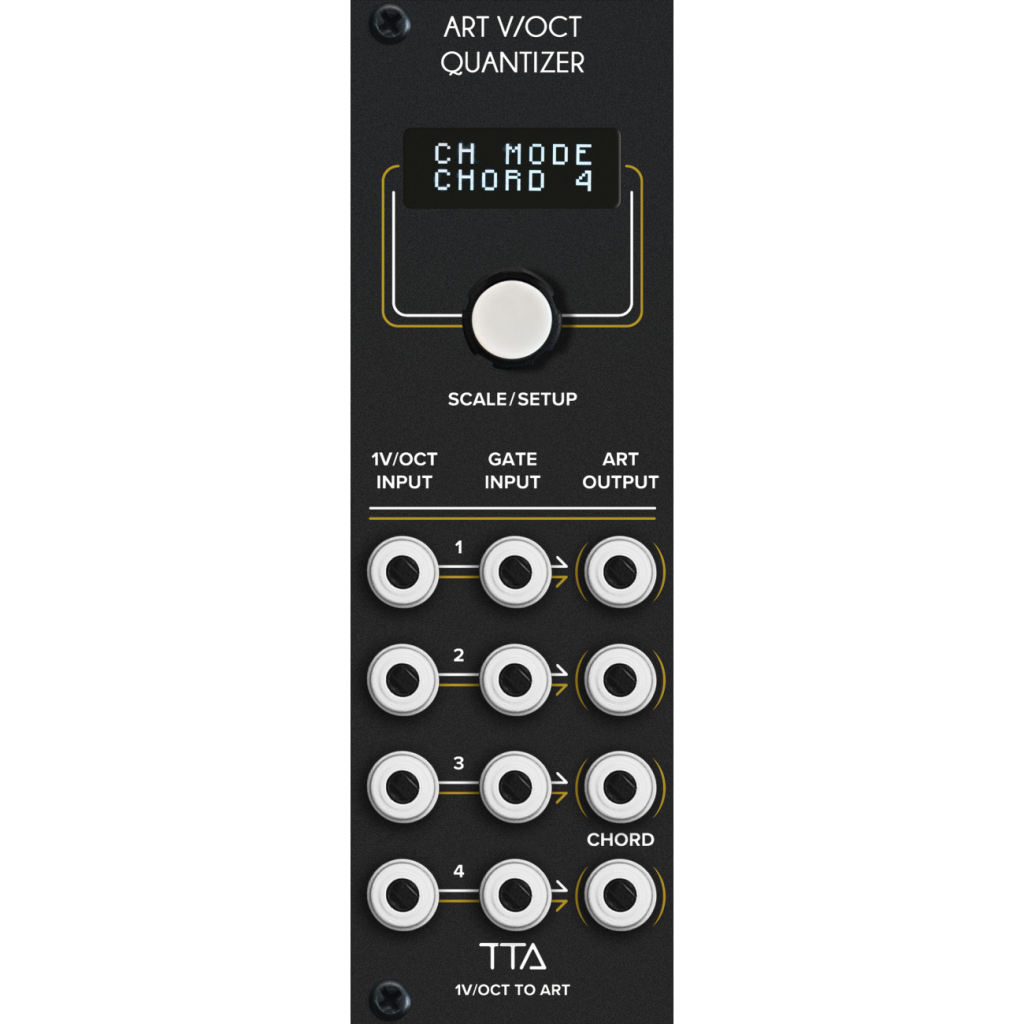
I started to feel pretty disheartened. It is the worst buyer’s remorse I have felt in a very long time. I still felt that all is not lost. Maybe I was missing something. I started looking for an answer and remembered these “polytip” cables that look like USB-C connectors. “What are those things?” I thought. Well, apparently, the products that use those are unreleased as of now. Vortex 6, Octostages Poly Envelope, Octopass Poly Filter, Octogain, and a few other utilities are all planned for release any time now. Currently, if you look at any retailer, there is no price and no preorder. It seems there is a release imminent, but it may be too little too late. I began to discover many others with this sentiment as I did more searching about the subject.
There’s Still Hope
So, Octopus was getting me down. I still had this Quantizer staring at me and I wanted to give it a fair chance. I connected it according to the Tiptop manual example, with my Buchla sequencer to the input and the ART outputs to the 259t oscillator. It works; and I have these 3 additional ART outputs that I have absolutely no use for. That is the problem with this. To utilize the ART system, you will need to spend thousands of dollars up front and then you will have an ART system that only works within itself. The Vortex 6 looks like it may be cool – a PPG inspired wavetable voice. Why not just combine all of this into a desktop synth though, since it appears to be a Tiptop closed system anyways? If you search hard enough, there are rumors of Nerdseq making something to work with ART and another Tiptop poly oscillator with like 16 oscillators in it. How much will that cost? (insert sarcastic eye roll here)
